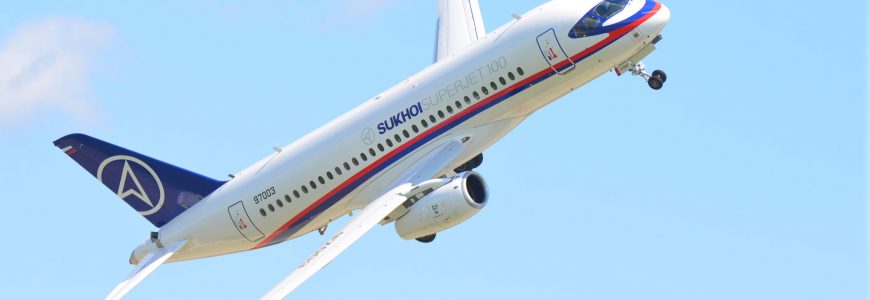
In a wake of the decision by the White House on May 8 to pull out of the nuclear deal with Iran, European vendors may still keep a presence in the Persian market through Russian OEMs.
However, with the re-imposition of the “toughest sanctions” on the Islamic Republic, the European aerospace sector faces a difficult dilemma: how to do business with the Persians without facing punishment through exposure to U.S. domestic law.
In reality there are few options. One is to keep a presence in the market through selling components for Russian airplanes destined for the Iranian air transport industry and rendering aftersales support to them. Although this does not enable the Western aerospace companies to sell as much as they might have thought back in 2015 when the seven nations struck the nuclear deal, it would nonetheless please politicians in London, Paris, and Berlin and help maintain a European beachhead on Persian soil until such time Washington and Tehran come to terms again.
Along with Iran and North Korea, Russia is also under U.S. sanctions, under the Countering America’s Adversaries Through Sanctions Act (CAATSA). However, these do not apply to the Sukhoi Superjet 100 (SSJ100), as it is a purely civil program, one widely acknowledged as a rare positive example of fruitful cooperation between East and West in the aerospace domain.

